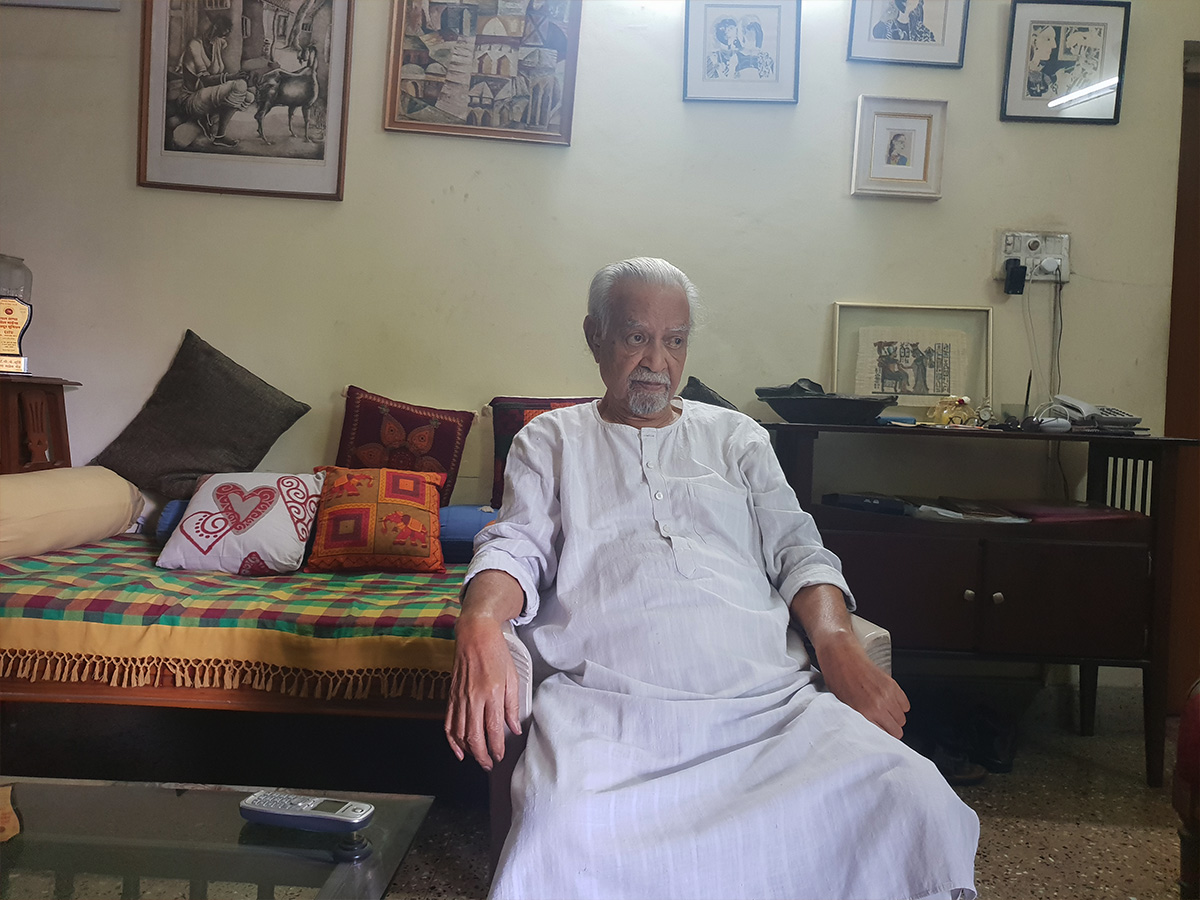Hyderabad: A city is not just its monuments or fancy developmental works that we can admire. It is a lot more than that; it is its people, and freedom fighter Burgula Narsing Rao was part of a group that had witnessed different epochs of our city over nearly nine decades. A true blue blooded Hyderabadi he passed away on Monday after battling illness at a private hospital.
Narsing Rao, who was born in 1932, was also the first president of the All Hyderabad Students Union while he was a student at the Nizam College in the late 1940s. A nephew of Burgula Ramakrishna Rao (first Congress chief minister of the erstwhile Hyderabad State), he also belonged to a time when the Left in Telangana and Hyderabad city was a force to reckon with.
But more than anything else, Rao (and many others like him) were links between the old and the new. Fluent in Urdu, given that he was born at a time when it was the official language in Telangana (which was part of the erstwhile Hyderabad State), Narsing Rao in fact always in fact remembered the struggles he and his comrades undertook as students and later as political activists.
“What should I change my name as? I am thinking perhaps Faiz Ahmed Faiz,” he told me during one of our meetings over the past few years, as he was anguished over the passing of the Citizenship Amendment Act (CAA). I met Narsing Rao Sahab many times, and each time he would have something new to tell me about his life.
The CAA protests had made him quite unhappy, given that it stood against everything he believed in as a human being. In his passing, Hyderabad has lost another soul which had seen the city before it was merged with India in 1948 (through the military action called Operation Polo or Police Action).
However, more than anything else, Narsing Rao always vividly recalled an incident that became symbolic of the violence that took place in the days leading up to Operation Polo (which was set forth after negotiations between the Indian government and the last Nizam of Hyderabad failed post 1947 over Hyderabad’s future).
He was the witness to the murder of Shoaibullah Khan, a city-based journalist who ran the newspaper Imroze. Khan was shot dead by the Razakars, a militia run by Kasim Razvi, who was head of the Majilis-e-Ittehadul Muslimeen on the intervening night of 22-23 August. Imroze (which was pro Congress then) was run from Rao’s home at Kachiguda.
Many say that Narsing Rao could have made a career in politics had he joined the Congress (which his uncle headed in the Hyderabad state), but the man never let go of his ideals. Post Hyderabad’s annexation to India in 1948, Narsing Rao also led the Mulki (for local jobs and representation in governance) movement protests in 1952 in Hyderabad.
It actually created a crisis situation for his uncle and then chief minister of Hyderabad Burgula Ramakrishna Rao, and his cabinet. One of his closest friends and comrades, who Narsing Rao Sahab always spoke fondly was the Urdu revolutionary poet and former Communist Party of India (CPI) great Makhdoom Mohiuddin.
“I would say that after Mohd Quli Qutb Shah, he would be the greatest Hyderabadi,” Narsing Rao once told me, as he went on to fondly remember the times spent with Mohiuddin. Incidentally, Rao was one of the handful of people in Hyderabad who had a good portrait of Makhdoom in his house.
Telangana chief minister K. Chadrasekhar Rao on expressed deep condolences after learning that Narsing Rao had passed away.







